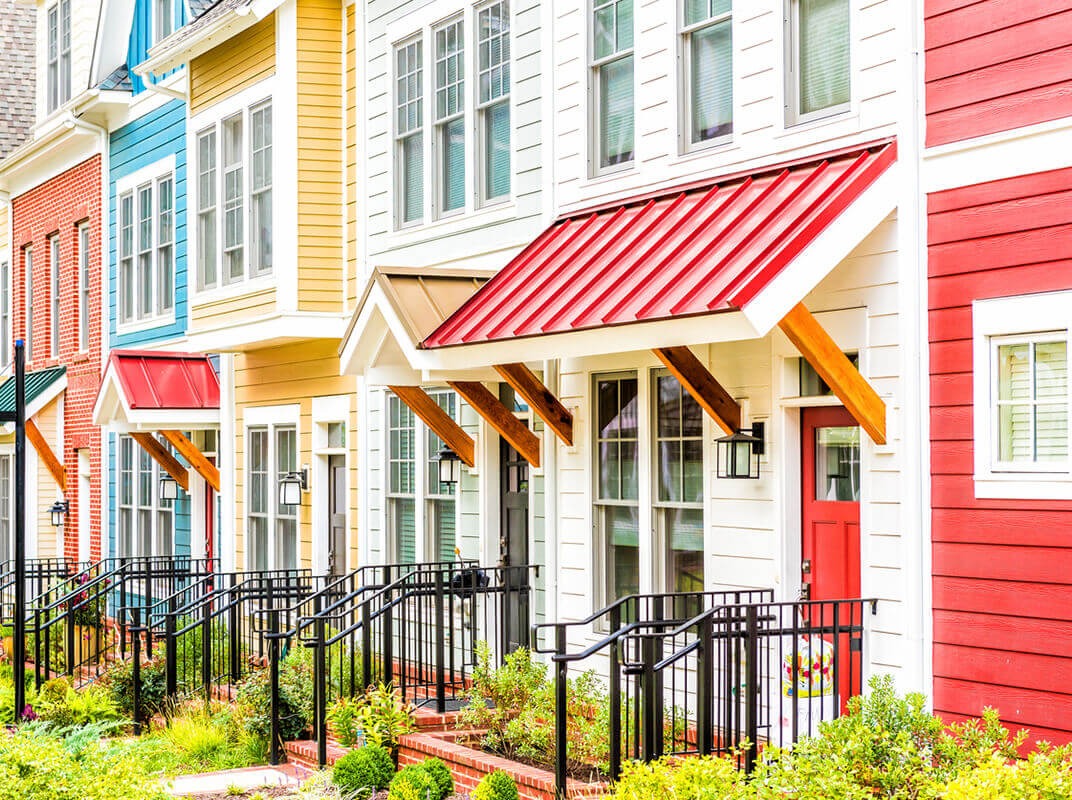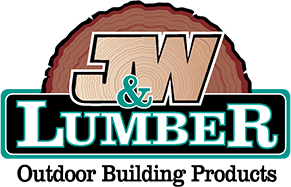
Home siding is one of those improvements that can dramatically change the appearance of your house. It’s a pretty big decision—from an investment and an aesthetic standpoint—so you should consider your options carefully before making a commitment.
Here’s a quick look at the most important things to keep in mind when buying new siding for your home. This article focuses primarily on wood, but we’re also including wood alternative siding since so many of the vinyl options on the market today closely mimic the look of lumber.
Looks matter
Whether you elect to re-surface your entire exterior or attach siding to specific accent areas of your home, the appearance of the siding you choose will dictate the style of your home.
Traditional board and batten siding applied vertically will immediately evoke a barn-like look, since this is the type of wood and application used traditionally in farm structures. Wood clapboard or lap siding, whether left unpainted and sealed or painted to your taste, create an “East Coast”, rustic or beach-house aesthetic. Individual wood shingles often deliver a lake- or mountain-house feeling and can be painted, stained or sealed. Tongue-and-groove wooden boards applied either horizontally or vertically are always a clean, contemporary choice.
Think about durability & maintenance
Siding is truly the first line of defense between your home and the environment. Choose your materials carefully. Wood siding is among the most common type of siding in Southern California. Keep in mind that softwoods like pine, cedar, and redwood require adequate protection from the damage caused by sun and salt air. Hardwoods are a bit pricier but have a better time standing up to the elements. Ipe, teak, and garapa are versatile, durable hardwood options that maintain their integrity with minimal upkeep. They also take on an attractive silver-gray look as they age.
Composites like James Hardie siding (also called “Hardiplank” or “Hardie board”) are made of cement composite board—think of it like a thinner, sturdier drywall-based siding made from cement. Low-maintenance and long-lasting, Hardie can come pre-painted and is easy to install.
Fully synthetic siding is made to look very similar to wood but requires very little maintenance. Available in thicknesses ranging from 40- to- 55-gauge (.40 to .55 inches thick), vinyl siding can last 30 to 40 years without much involvement on your part.
Keep in mind that when you remove your current siding, you might find unseen damage that must be repaired before moving forward with the project. In older houses, siding is often in direct contact with your exterior wall, so issues with your siding can quickly transfer to the structure of the home itself. Be sure to account for additional time and budget for these repairs.
Prepare for “downfall”
“Downfall” is the industry term for the amount of wood that is compromised during milling. Since wood is a natural material, there will necessarily be a small amount of loss along the way. Certain boards won’t make the grade, some will break, and remnants from cuttings will remain. This is a standard part of the milling process. Since the purchaser is responsible for covering the downfall—and you want to make sure you don’t run out of wood at the very end of your home siding project—you’ll need to buy 5%-10% more wood than will actually be required. This will ensure that you have enough wood to complete the project and cover the downfall, along with some left-over pieces for minor future repairs and mini matching projects like a treehouse or shed.
Measure twice, cut once
As with any lumber project, the old adage still applies. The mill will charge a flat baseline set-up fee for cutting your materials, so it’s more cost effective to complete all your cuts in one shot than to have to return for a second round.
When you’re looking for a general quote for materials, the best thing you can do is to pre-measure the area you would like to cover with siding before coming down to the lumber yard. Include windows and doors in your measurements—it makes measuring surface area much easier and will act as that 5%-10% downfall amount mentioned above.
Also, think about how close to the ground your siding will reach. Since composites are made of cement-like substances, you’ll want to avoid ground contact in order to protect against soaking up moisture that will erode the siding. Other materials like vinyl, Boral, cement composites, and aluminum sidings are impervious to moisture and can withstand contact with the ground.
Since home siding is a substantial investment, it’s wise to plan carefully. Pay attention to the homes on your block and in your neighborhood to get a sense of how your new siding will fit in. If you see examples of beautiful siding—in person or online—bring photos down to the lumber yard to ask questions and discuss your options. If done right, the result will be an attractive, long-lasting exterior that you will love for years to come.
Thinking of switching up your siding? The experts at L&W Lumber are here to help. Stop by one of our San Diego area locations to discuss your options with our siding experts.

Great blog! Well explained, this blog will definitely help so many people to choose the right wood siding. Thanks for sharing this kind of useful post. I will definitely bookmark this article for my future use.